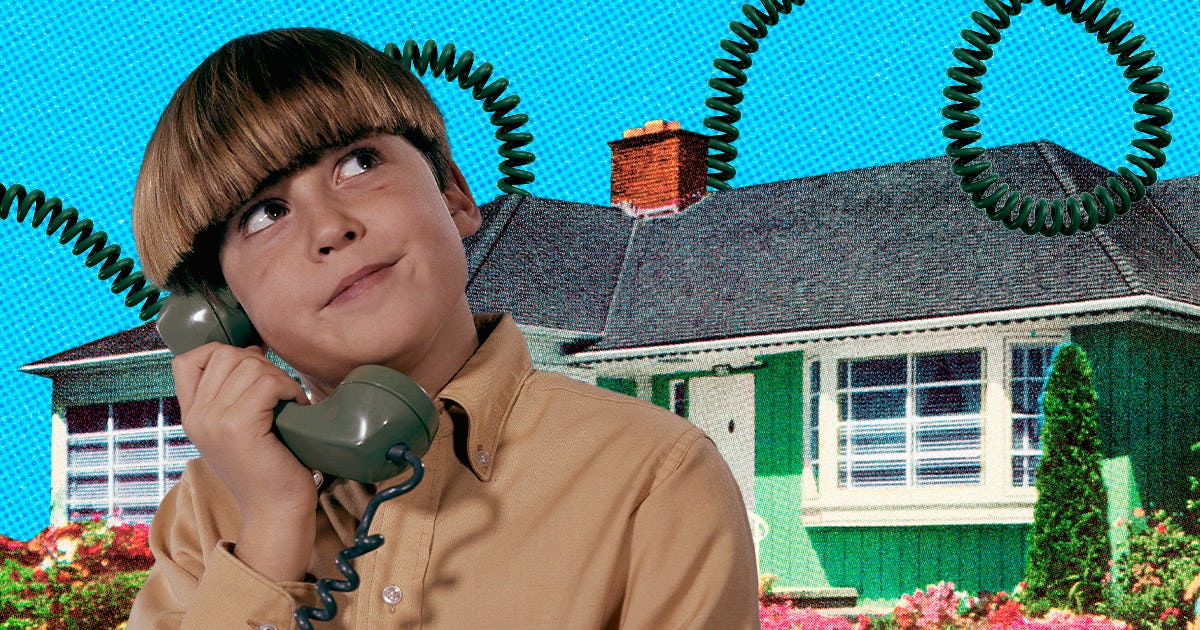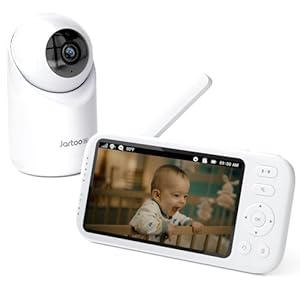
It was a workday for me and a half day of school for my kids. I used to be deep in writing a communication plan when my cellphone buzzed. It was a textual content from a consumer, however above that was a message from my 11-year-old son asking if he might talk to his friend. Easy sufficient, proper? Not precisely. I spotted an hour had handed since he’d reached out, however now I wanted to take one other step — I needed to textual content his buddy’s mother and father.
That’s once I mentioned out loud, to nobody specifically, “I do not need to be this concerned in these children’ social lives.” After which I blurted out, “Home cellphone!” like I used to be answering a query on a sport present. You see, if everybody simply nonetheless had a home cellphone, their father and I would not should be in the midst of preteen socializing.
This is the issue: At my kids’ ages — 9 and 11 — each family has its personal distinctive algorithm for display time and cellphone communication. Some children have tablets or telephones they will use freely, whereas others solely use their mother and father’ telephones. Others get one hour of iPad time a day, no exceptions. Then there are those that have social apps like Messenger Youngsters or Roblox to speak with their pals. Do I do know the specifics of every child’s digital availability? Completely not. Do I need to determine the exact time that one buddy’s privileges overlap with one other iPad hour? Additionally completely not. Do I would like my children blowing up another mum or dad’s cellphone, particularly in the midst of the workday? Once more, no.
The entire thing looks like pointless layers of parental involvement. If the one approach for youths to speak at this age is thru their mother and father being go-betweens, what we have created is actually a logistical nightmare for one thing that, in my thoughts, must be easy. Why are we micromanaging friendships? I additionally assume my children are socializing approach lower than they might be.
Being a preteen in the ’80s, cellphone communication was easier (albeit connected to the wall). By the point I used to be 7 or so, I might choose up the home cellphone, dial my buddy’s quantity, and say, “Howdy, Mr. Kulkarni, is Anika there?” That singular landline was a direct portal to my social world. Certain, I needed to work together politely with my pals’ mother and father (a bonus lesson in social expertise), however as soon as I used to be patched by means of, the remainder was as much as us. No mum or dad was coordinating chat logistics.
The home cellphone served as the good social equalizer. There was no scrambling to search out the best numbers for each attainable mum or dad who could also be collectively on good phrases or aside on dangerous ones. By no means did my mother and father blow up one other mother’s cellphone whereas she was touring on enterprise or trouble a father sitting on the bedside of a beloved one in hospice. Everybody shared the identical guidelines as a result of there was an easy system. In case your buddy was dwelling and accessible, nice. In the event that they weren’t, depart a message with a machine or human and watch for a callback.
As soon as children hit their teen years and almost each child in a squad is armed with a cellular phone, landlines do not simply lose; they’re obliterated. Frankly, my Gen X teenage self would’ve beloved to ditch the tangled wire for the liberty of a cellular phone in a heartbeat.
However at 9 and 11, communication methods aren’t so common. These are golden years for constructing friendships — these tight bonds the place children confide their secrets and techniques, kind alliances, and be taught the constructing blocks of human connections. However these relationships require area to develop naturally. And proper now, it feels just like the area is shrinking below the load of parental involvement. I’ve a tough time returning all of the calls and messages that truly are addressed to me. I need to get out of the way in which so my children can do what children are alleged to do: determine it out for themselves.
Why not carry again a family cellphone — a easy, no-fuss contraption everybody can use? Or maybe providing children too younger for smartphones the choice of “dumb telephones” (easy cell telephones with out web entry) might be a game-changer. I do know mother and father are inundated with stories of how expertise hurts our youngsters, however utilizing cheap telephones as major telephones is simply going again to the fundamentals.
What turns into strikingly clear is the urgent want for a shift in how we deal with these dynamics for youthful children who must be creating their very own social circles. Filtering each interplay by means of mother and father does not simply add layers of complexity; it could actually in the end hinder real connection. After I seen my son’s request to speak together with his buddy had sat dormant for greater than an hour, I used to be just a little bummed for him. He was taking as a lot accountability as he felt was each well mannered and attainable to do.
I additionally know I am not the one one who feels the frustration of coordinating each element, like sending a flurry of textual content messages to arrange a 10-minute Roblox session with one other mum or dad whereas our youngsters watch for the adults to determine it out. It is time to rethink how we empower secure, unbiased interactions for youths whereas giving mother and father extra space to breathe.
Jamie Kaye Walters is a communications company proprietor and former TV producer primarily based in Detroit. A mother to 2 charming children, she as soon as dreamed of changing into an MTV VJ when it appeared like a promising profession. Learn extra at VVK PR + Creative.
Trending Merchandise











